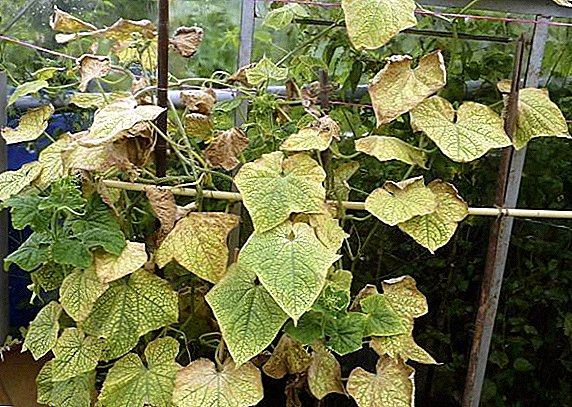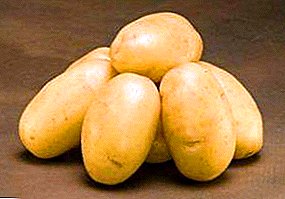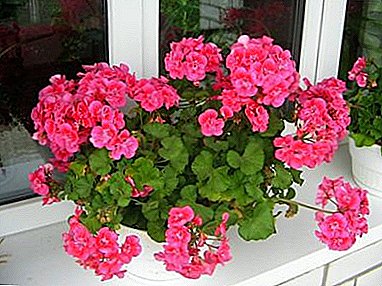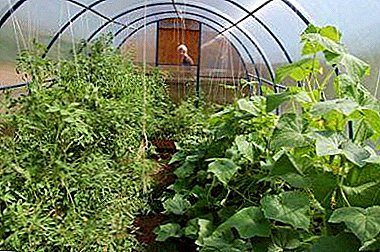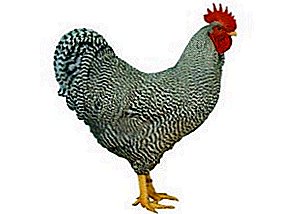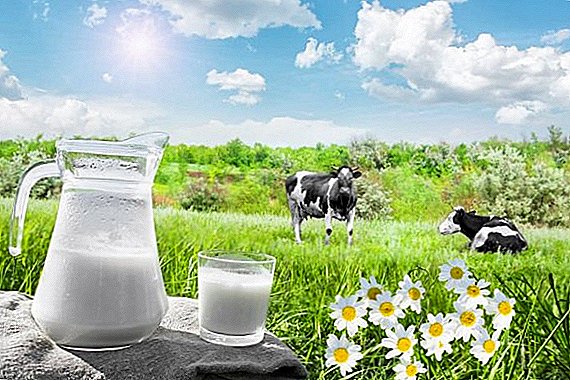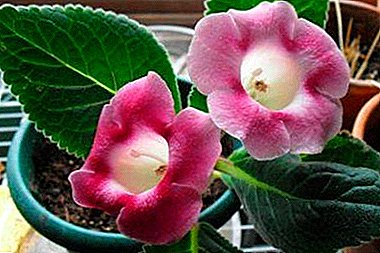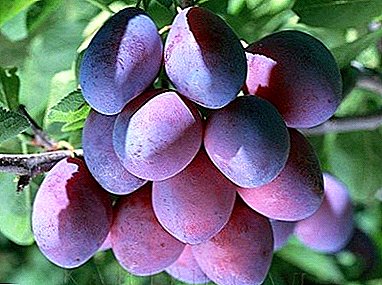
The genus Plum is represented by many species that are familiar to gardeners.
Among them should be noted plum home with its many varieties, among which it is impossible not to notice Smolinka.
Breeding history
Grade Smolinka obtained by hybridization from the Ochakovskaya yellow and Renklod Willens varieties at the All-Russian Selection and Technological Institute of Horticulture and Nursery Breeders S.N. Satarov and H.K. Enikeev.
Description of the Smolinka variety
 Plum varieties Smolinka charmed its fans unusual dessert taste. Fruits are large, 35 grams, or even 40, blue with a violet tinge, covered with a thick waxy bloom, which makes them even darker, the ventral groove and pedicle funnel are not pronounced.
Plum varieties Smolinka charmed its fans unusual dessert taste. Fruits are large, 35 grams, or even 40, blue with a violet tinge, covered with a thick waxy bloom, which makes them even darker, the ventral groove and pedicle funnel are not pronounced.
The flesh is yellow with green, juicy, sweet, medium bone. Grade Smolinka - plum great growth force, up to 5 meters tall with a thick, oval crown.
It flowers in May with large white flowers, usually collected in two, the variety is not self-fertile, but fruitful, the plant enters fruiting in the third or fourth year after planting.
The first flowers may appear next to planting in the spring, but they weaken the young plant and need to be removed. The fruits ripen by mid-August.
Grade Smolinka perfectly tolerates dry, hot weather in summer and low winter temperatures. Under normal pollination, the harvest from a tree is up to 25 kilograms, it tolerates low temperatures and drought well. Diseases have average resistance.
A photo
You can see the appearance of the Smolinka plum in the photo below:


Planting and care
Planting plum should be in the spring, with the exception of seedlings grown in containers - they can be transplanted at any time, since the root system suffers only slightly.
 It is advisable to buy seedlings no older than two years, the older the plant, the worse the transplant tolerates. Variety Smolinka skoroplodny, fruits in the third or fourth year after planting.
It is advisable to buy seedlings no older than two years, the older the plant, the worse the transplant tolerates. Variety Smolinka skoroplodny, fruits in the third or fourth year after planting.
For a plum, you need to choose a sunny place with a minimum winding by northerly winds, the more light and heat, the sweeter and larger the fruit, the more intense the color.
Well, if your site already has a plum or cherry plum or these plants live in the gardens of their neighbors and are close enough to participate in the pollination. If the necessary plants are not nearby, they must be planted.
Smolinka is a self-infested variety and plants are needed for the pollination to form fruits. At first glance, this feature seems to be a lack of variety, but there are some advantages: different types of plants will settle in your garden, which means that the fruits will be diverse, with different taste qualities.
Inter-pollination improves the yield of samoplodnyh varieties, the more diverse the varietal composition of plum plantations, the richer the crop.
Like all plants, plum prefers fertile light soils with a neutral environment, but there is no soil that cannot be ennobled.
For the Smolinka variety, the distance between seedlings should be at least 3 or 4 meters, since the tree grows about 5 meters high, the distance between rows is at least 3 meters. With good care, plants live and bear fruit for up to 25 years.
Depth of landing holes must be at least 50 centimeters, and diameter - 80 to 80 centimeters. A single bucket of humus, about two hundred grams of superphosphate, fifty grams of potassium salts, a shovel of wood ash and a couple of buckets of water will be needed for one planting pit.
 The first year of life after planting the plum requires watering as the soil dries up, the grown plant, rooted, is no longer demanding on moisture, but during hot and dry weather, watering is necessary at least once every two weeks.
The first year of life after planting the plum requires watering as the soil dries up, the grown plant, rooted, is no longer demanding on moisture, but during hot and dry weather, watering is necessary at least once every two weeks.
Adult plants need to be watered before flowering, after flowering, and during fruit pouring, if there is no rain in the second half of September, the plants simply need to be watered.
You must be careful with dressing - organic matter is applied once every three years, and it is important not to overdo it with minerals.
Excess fertilizer plant suffers worse than a deficiency, lack of fertilizer - hunger, and excess - poisoning, and that dressing was only for the benefit of the plant, it is necessary to work with fertilizers strictly according to the instructions to the drug, the recommendations of which are verified by scientists experimentally.
An interesting development is the preparations for foliar feeding of plants, they are aimed at strengthening the plant, improving the quality of the crop and yield as a whole, and contain trace elements in the quantity and composition of the plant.
Between young plants, the soil should be free from weeds, and the tree trunks should be regularly watered and loosened. Why should the soil be grown on which nothing grows? On it you can plant beans, strawberries, greens.
Pristvolnye circles planting is not necessary, they should be dug up before the start of fruiting, and then produce tinning of the site. The grass on the site mows as it grows, and along with it the root growth is mowed. If it is not removed, the yield is significantly reduced.
Pest and disease control
With proper care, plum is resistant to all kinds of diseases, a plant with strong immunity itself successfully suppresses all kinds of pathogens.
A well-groomed crown with sufficient illumination and ventilation cannot be a shelter for fungi and molds, and the tree stabs during cleaning and whitewashing cannot cover the hibernating insects, fungal spores, mold and hangers in the form of lichens and mosses. And the annual treatment of Bordeaux liquid from fungal diseases is not required, and spraying with 3% Nitrofen solution with an interval of 3 years will also be useless.
 The number of pests is significantly reduced if the autumn collection of fallen leaves with subsequent burning is added to the cleaning and whitewashing of the boles.
The number of pests is significantly reduced if the autumn collection of fallen leaves with subsequent burning is added to the cleaning and whitewashing of the boles.
Spraying should be added to the described measures in pest control before flowering and after flowering with any insecticide strictly according to the instructions to the preparation. All the considered agrotechnical methods are not complicated in execution, and their result is a high yield on healthy plants.
The variety of plum Smolinka, will not disappoint the one who decides to grow it, will delight with the wonderful dessert taste of fruits and decorativeness of the plant itself from May flowering to fruit picking in August.



